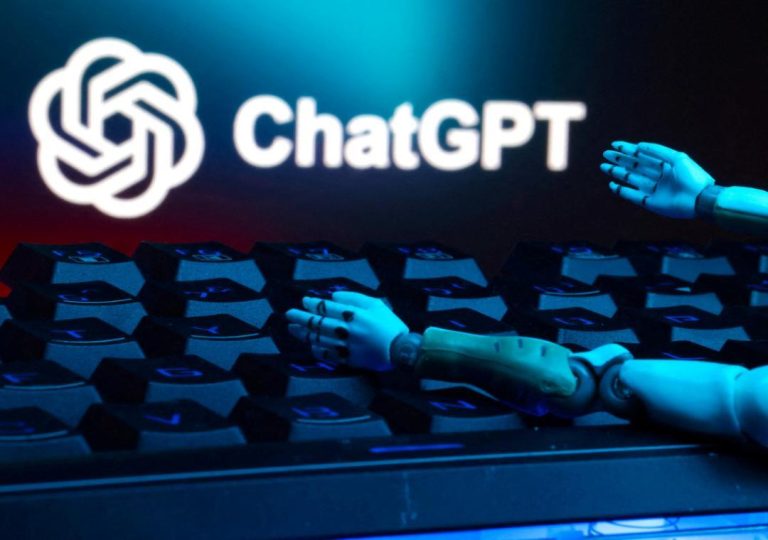
Physiotherapy: How AI & AR are making pain a thing of the past
In recent years, the healthcare industry has witnessed a significant shift towards the adoption of cutting-edge technologies, such as Artificial Intelligence (AI) and Augmented Reality (AR), to improve patient outcomes and revolutionize the way healthcare professionals deliver care. One of the most promising areas where AI and AR are making a significant impact is physiotherapy. Traditionally, physiotherapy has focused on treating patients after they have developed musculoskeletal issues or injuries. However, with the integration of AI and AR, physiotherapy is evolving to become more proactive, predictive, and preventive.
In this blog post, we will explore how AI and AR are transforming the field of physiotherapy, providing real-time posture corrections, personalized exercise plans, and early detection of musculoskeletal issues. By shifting the focus from treatment to prevention, AI and AR are revolutionizing physiotherapy, ensuring accessible and proactive healthcare for all.
The Rise of AI in Physiotherapy
AI has been gaining traction in the healthcare industry, and physiotherapy is no exception. AI-powered physiotherapy platforms are designed to analyze patient data, including exercise patterns, posture, and movement, to identify areas of improvement. These platforms use machine learning algorithms to create personalized exercise plans tailored to each patient’s specific needs and goals.
One of the most significant advantages of AI in physiotherapy is its ability to provide real-time feedback and corrections. For example, AI-powered sensors can track a patient’s posture and provide instant feedback on how to improve their alignment, reducing the risk of injury and improving overall movement efficiency. This real-time feedback is particularly useful for patients who may not be aware of their poor posture or movement patterns, which can lead to chronic pain and musculoskeletal issues.
The Role of AR in Physiotherapy
Augmented Reality (AR) is another technology that is transforming the field of physiotherapy. AR is being used to create immersive and interactive therapy experiences that engage patients and provide a more personalized and effective treatment plan.
In physiotherapy, AR is being used to create virtual reality exercises that are tailored to each patient’s specific needs. These exercises can be designed to target specific muscle groups, improve movement patterns, and reduce pain. AR is also being used to provide patients with real-time feedback on their progress, allowing them to track their improvement and stay motivated.
Early Detection and Prevention
One of the most significant benefits of AI and AR in physiotherapy is their ability to detect musculoskeletal issues early, preventing them from developing into chronic conditions. AI-powered platforms can analyze patient data to identify potential risk factors, such as poor posture or movement patterns, and provide personalized recommendations to prevent injuries.
AR is also being used to detect musculoskeletal issues early. For example, AR-powered sensors can track a patient’s movement patterns and provide instant feedback on any deviations from normal movement patterns, allowing for early detection and intervention.
Personalized Treatment Plans
AI and AR are also being used to create personalized treatment plans that are tailored to each patient’s specific needs and goals. AI-powered platforms can analyze patient data to identify the most effective exercises and treatment plans, reducing the risk of injury and improving patient outcomes.
AR is also being used to create personalized therapy experiences that engage patients and provide a more effective treatment plan. For example, AR-powered virtual reality exercises can be designed to target specific muscle groups, improve movement patterns, and reduce pain.
Conclusion
Physiotherapy is evolving rapidly, and AI and AR are at the forefront of this evolution. By providing real-time posture corrections, personalized exercise plans, and early detection of musculoskeletal issues, AI and AR are revolutionizing physiotherapy, ensuring accessible and proactive healthcare for all.
As the healthcare industry continues to adopt AI and AR, it is likely that we will see even more innovative applications of these technologies in the field of physiotherapy. With their ability to detect musculoskeletal issues early, prevent injuries, and create personalized treatment plans, AI and AR have the potential to transform the way we approach pain management and prevention.
News Source:
https://www.healthcareradius.in/features/technology/physiotherapy-obesity-tech






